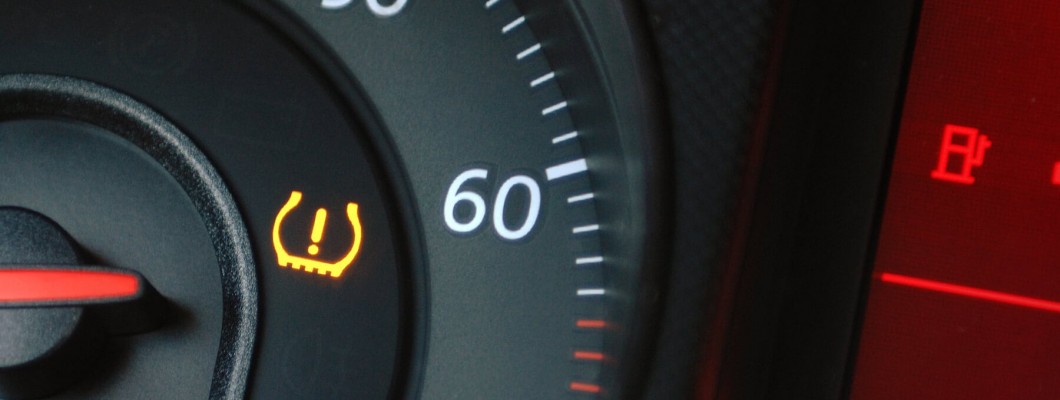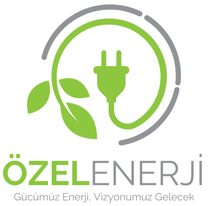What is TPMS?

What is TPMS?
TPMS stands for Tire Pressure Monitoring System, which is a
system that monitors tire pressure continuously, alerting the driver to low
tire pressure situations to enhance safety. TPMS utilizes sensors to measure
tire pressure and typically uses a warning lamp or display panel to convey this
information to the driver.
The main functions of TPMS are as follows:
1. Low Tire Pressure Warning: TPMS alerts the driver when
tire pressure is low. Low tire pressure can increase tire wear, decrease fuel
efficiency, and raise the risk of tire blowouts. Therefore, TPMS is important
for vehicle safety.
2. Tire Pressure Monitoring: TPMS continuously monitors tire
pressure during driving and alerts the driver of any abnormalities. This helps
maintain proper tire pressure levels, enhancing tire performance and longevity.
TPMS generally comes in two different types: Direct TPMS
and Indirect TPMS.
- Direct TPMS measures tire pressure directly through
sensors located in each tire and transmits this information to a control unit
inside the vehicle to alert the driver.
- Indirect TPMS, on the other hand, measures tire pressure
by using the ABS (Anti-lock Braking System) sensors in the vehicle to measure
tire rotation speeds. If tire pressure drops, the rotation speed of that tire
will differ from the others, triggering an alert to the driver.
Both systems help enhance driver safety by monitoring tire
pressure and optimizing tire performance and longevity.
TPMS (Tire Pressure Monitoring System) is a system that
continuously monitors the tire pressure of vehicles, alerting drivers to low
pressure or tire pressure loss situations. This system plays several important
roles in terms of safety:
1. Controlled Driving and Better Handling: Correct
tire pressure improves vehicle stability and handling. Low pressure can make
control difficult and be dangerous during turns or sudden maneuvers.
2. Reducing Tire Wear: Low pressure can cause tires
to wear out more quickly. TPMS monitors tire pressure continuously, ensuring
tires wear evenly and last longer.
3. Increasing Fuel Efficiency: Correct tire pressure
can improve fuel efficiency. Low-pressure tires can lead to increased fuel
consumption.
4. Traffic Safety and Accident Prevention: Low tire
pressure increases the risk of tire blowouts, potentially leading to loss of
control and accidents. TPMS alerts drivers to potential hazards, enhancing
traffic safety and reducing the risk of accidents.
For these reasons, TPMS is an important system that enhances
the safety of drivers and other road users.

4 Comment(s)
Bloğunuzu keyifle takip ediyorum. Hatta aracımın TPMS arızasını var ve sürekli ertelediğim için farkındalık oldu.
Hemen yaptırmam gerektiğini anladım.
Teşekkür ederim.
Elektrikli araçlar için iş yerimize istasyon kurulumu yapan Özelenerji sektörde 1 numara olacağına canı gönülden inanıyorum. Çünkü sonuna kadar hak eden bir firma.
Arıza tespiti konusunda tecrübesiyle önümüzdeki günlerde adından söz ettireceğe inanıyorum.
TS508WF sensor programlama cihazı ve sensor aldım, cihazın kullanımı ile ilgili eğitim de verdiler. Sensörleri son sürüm tüm araçlara olan sensörlerden.
Leave a Comment